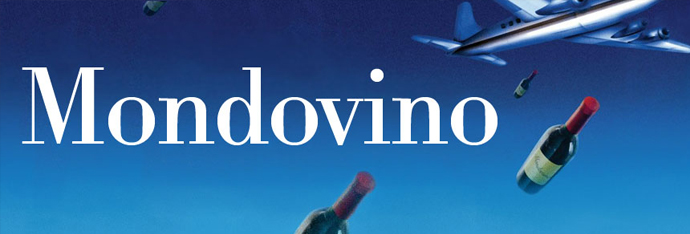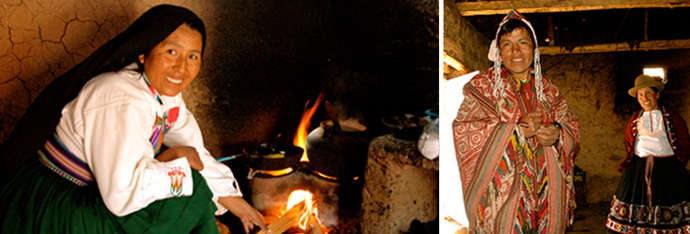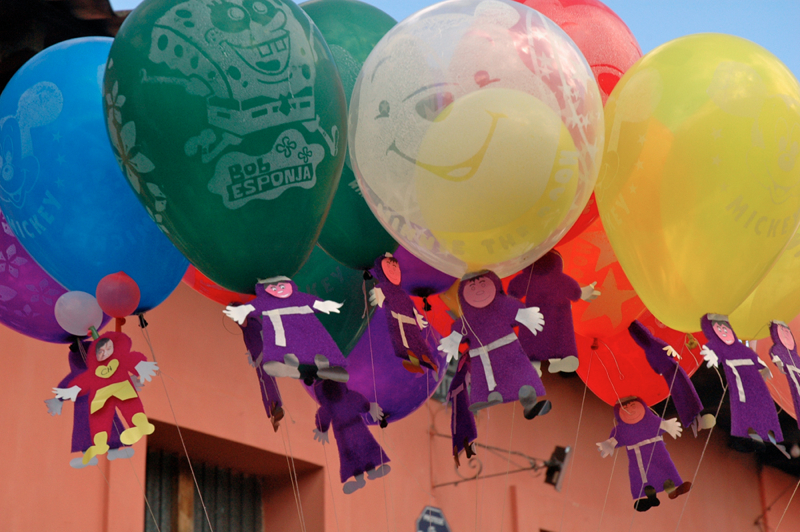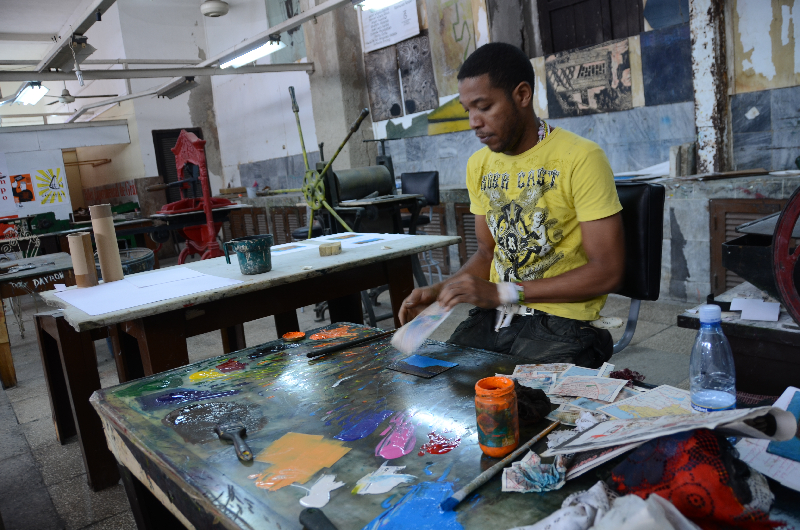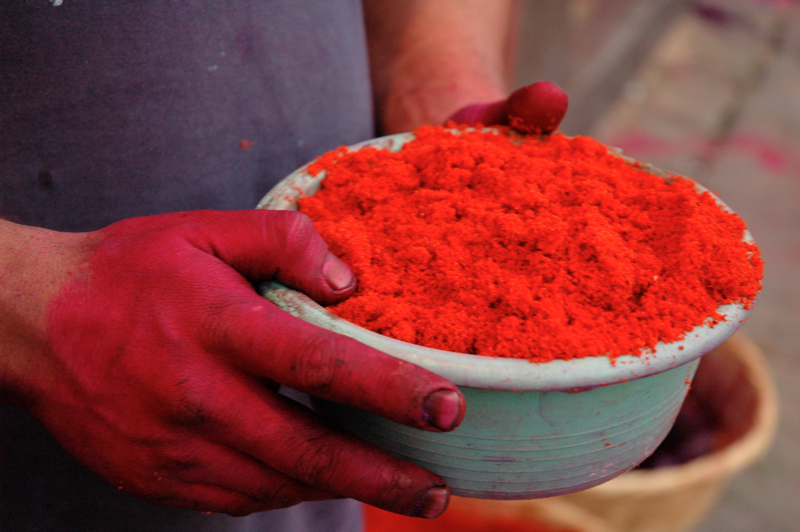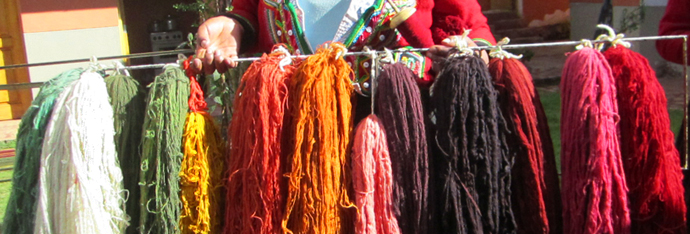
Culture Xplorers is a “responsible†travel company started by an old Philly friend of mine, Jim Kane. The company offers small group tours that foster a genuine connection between travelers and local communities. I’ve always admired these tours that are sensitive to our world’s diverse living cultures and traditions. They offer the experience of an “exchange” rather than a “take from” the people. I’m also not the only one who’s a fan, National Geographic Traveler has named many of CX journeys as “Top Tours of a Lifetimeâ€. Countries highlighted include Argentina, Mexico, Guatemala, Northern Spain & Portugal…..and probably their most known – Peru.
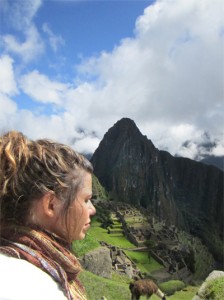 I’ve been traveling in Peru as the new director of the Culture Xplorers Foundation, the non-profit organization born out of the company. Culture Xplorers Foundation was created in 2007 with the goal of fostering the sustainability of local culture in indigenous communities worldwide, and as a result, Culture Xplorers travelers can make a positive impact on the communities with which they come into contact. The Foundation’s most significant contribution has been towards the CTTC (Center of Traditional Textiles of Cusco). The Weaver’s Awards is an annual awards celebration honoring the indigenous textile artists of Peru. Now in their 8th year, these annual awards motivate hundreds of weavers from nine communities across the Sacred Valley to compete for pride and substantial cash prizes. Each year, 30 winners are honored with medals, certificates of achievement and share a prize pool which has reached over $3,000 annually. These awards act as a positive catalyst, augmenting the heroic, decades-long efforts of CTTC in rescuing this endangered 2,000-year-old tradition.
I’ve been traveling in Peru as the new director of the Culture Xplorers Foundation, the non-profit organization born out of the company. Culture Xplorers Foundation was created in 2007 with the goal of fostering the sustainability of local culture in indigenous communities worldwide, and as a result, Culture Xplorers travelers can make a positive impact on the communities with which they come into contact. The Foundation’s most significant contribution has been towards the CTTC (Center of Traditional Textiles of Cusco). The Weaver’s Awards is an annual awards celebration honoring the indigenous textile artists of Peru. Now in their 8th year, these annual awards motivate hundreds of weavers from nine communities across the Sacred Valley to compete for pride and substantial cash prizes. Each year, 30 winners are honored with medals, certificates of achievement and share a prize pool which has reached over $3,000 annually. These awards act as a positive catalyst, augmenting the heroic, decades-long efforts of CTTC in rescuing this endangered 2,000-year-old tradition.
Still adjusting to the altitude of roughly 12,000 ft, I’m invited to join traditional weavers in the community of Pitumarca for a “dyeing” workshop in the highlands. I finish a second cup of Coca tea by 8am. I’m picked up by Wilson, my local guide who comes from the community of Chinchero. (SIDE NOTE: By the way, not such an indigenous name, right? Wilson tells me that many indigenous communities often name their children after famous Hollywood or Rock Stars. So there’s also a Rambo, and even a Madonna, living in the Andes).
Weavers Wool Dyeing Workshop from Culture Xplorers on Vimeo.
The dyeing workshop takes place approximately 4 times a year. It’s at this time the weavers gather together to dye their wools with natural colors. The workshop is so beneficial because many of the weavers live high in the altitude and wouldn’t have access to some of the materials needed. A full spectrum can be created using elements such as flowers, vines, volcanic ash and minerals. OOOOOh how I would have loved all these goodies in my fort as a little girl – all these recipes from the earth to make delicious COLOR! The elder weavers first spin the wool to get it somewhat organized. They then create a wool soup. Caldrons of boiling water are prepared, the recipe for color is added, and then the natural wool is stirred in. It’s pretty heavy, so sometimes it takes 2-3 weavers with large sticks to get it going. Once the dyes have permeated the wool, it is placed into large plastic bins to cool. The wool is brought to the river for a rinse, and then finally hung to dry. It will have to be spun 2 more times before it’s prepared for the loom.
Someone told me on this trip, “It becomes a workshop once everyone respects each other”. Everyone works together and there’s just a lovely energy in the air. Even the baby lying on the ground, swaddled comfortably in blankets is smiling. I don’t understand the native language of Quechua, but it’s not necessary. As both a woman and artist I feel the connection, and it’s easy to understand why we are all there. There’s an unspoken understanding that the qualities of respect, confidence and self-expression are invaluable within our communities.
Donate To Our Projects!
Make a contribution towards the weavers communities in Peru through an online donation below. Check/money orders are also accepted: Please make checks payable to Culture Xplorers Foundation and send to 6001 Oak Street, Kansas City, MO 64113 or contact us here.







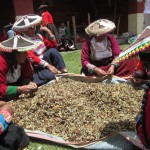
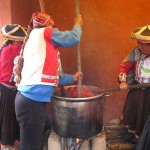

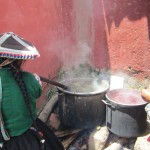

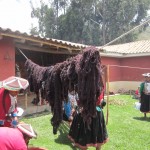
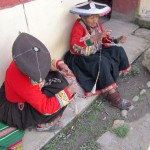
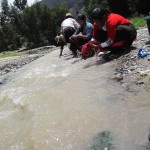
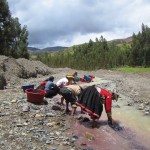

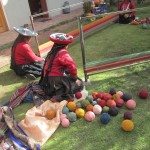
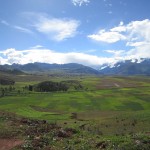
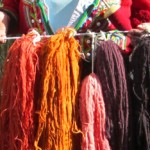
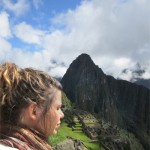
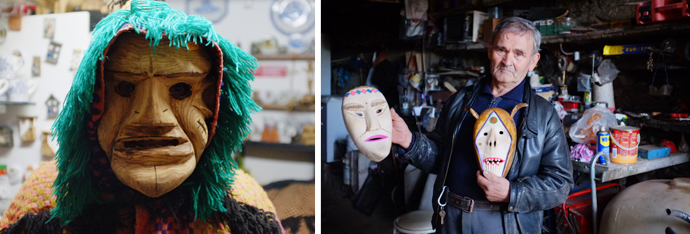
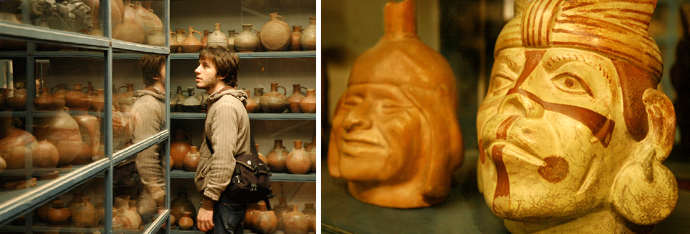
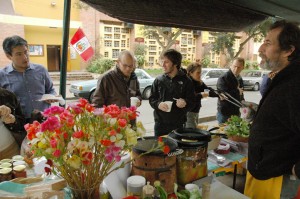 Farm Fresh Fun. Meet local farmers and sample the healthy fare at Lima’s organic market.
Farm Fresh Fun. Meet local farmers and sample the healthy fare at Lima’s organic market.